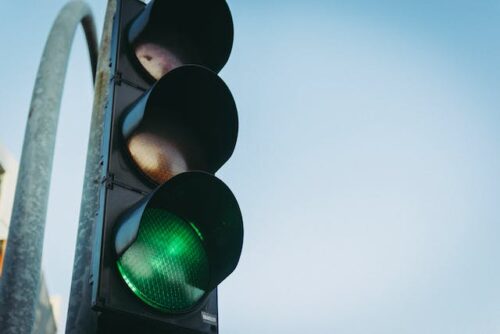
For all kinds of claims, video evidence can be very useful. Despite the possibility of footage manipulation via deepfakes and other options, video evidence for the most part is still considered a powerful form of proof. Video evidence is becoming easier to alter as time passes, but historically, the difficulty associated with editing video has meant that people treat video footage with a certain level of trust. Video evidence is notably useful for car accident insurance claims in states like California, which are at-fault states. Keep reading to learn what it means to be an at-fault state versus a no-fault state, and how intersection recordings can help you get your compensation. The best help you can get for a successful claim car accident claim, however, is a knowledgeable San Mateo County car accident lawyer so don’t hesitate to call today.
Intersection Recordings and California’s At-Fault Rules
In the United States, for purposes of collecting insurance claims on car accidents, states are either at-fault or no-fault.
Saying a state is no-fault means that once a car accident happens, both drivers as well as everyone injured will file a claim for their injuries from their own car insurance. None of the parties will need to prove who was responsible to recover. There are twelve at-fault states in the country.
On the other hand, saying a state is at-fault law means that, when someone is injured in a car accident, they’ll need to prove that the defendant driver’s negligence led to the harm they experienced. California is just one such state. If successful, plaintiffs filing car accident claims in California may be able to recover property damage, medical expenses, lost wages, as well as many other costs resulting from the accident.
Intersection Recording and Evidence Gathering
After a California car accident, your lawyer should spend ample time gathering evidence to prove the other driver was at fault. Among other things, evidence can be eyewitness testimony or cellphone records from the other driver. One of the most powerful kinds of proof of who is at fault, however, can be intersection recordings. If the cameras capture the footage in real-time, the court will be able to see directly how the accident occurred.
Video footage is also preferable to other kinds of evidence, particularly eyewitness testimony. Multiple studies conducted in recent years have found that eyewitness reports are less perfectly accurate than imagined, given that people often don’t understand what they see as well as misremember. Video footage allows the events to be examined much more carefully than would otherwise be possible. At busy intersections, frequent sites of car accidents, it can be even more confusing to disentangle the flock of cars and determine which driver did want. To address this, many cities and states have placed cameras all around intersections.